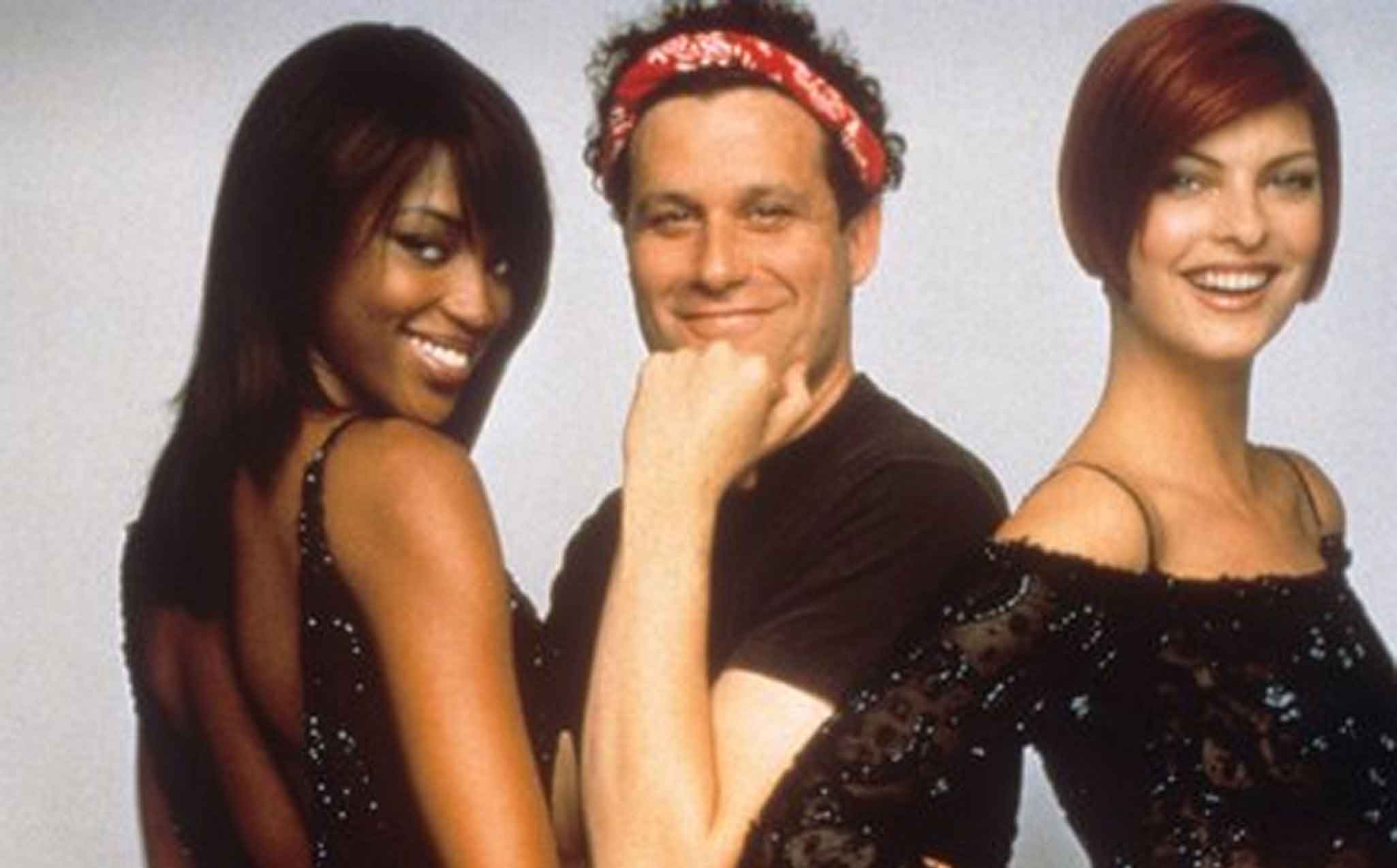Jesse’s gonna die. From The Neon Demon‘s opening scene, a staged tableaux that has the aspiring model (Elle Fanning) slumped on a settee, head back, covered in a rush of blood as if her throat’s been cut, it’s clear that she’s doomed. Her demeanor in front of the camera is compared to a “deer in the headlights.” She has no family, no friends, and nobody keeping tabs on her after her arrival in L.A. She has full lips, big eyes, and a delightful nose. She is 16 years old, and everyone she meets comments on her beauty. She may as well be wearing a sign on her back: “Kill me.” Continue reading
Unzipped
65/100Who would have thought that one of the year’s most satisfying movies would be a 79-minute documentary about a clothing designer? A year ago, who would have guessed that Robert Altman’s fashion industry barbecue, Ready to Wear (then called Pret-a-Porter), would seem so baggage-laden, and that unknown documentarian Douglas Keeve’s doting portrait of Isaac Mizrahi would seem lighter than air?
Your mileage may vary, but for this jaded moviegoer, Unzipped is an unmitigated treat, as much a relief from the practiced heaviosity of Hollywood buckbusters as an air-conditioned movie house is from the burning city streets. Keeve’s movie feels so free because it’s a portrait of the fashion industry from the inside, from a vantage point that those with cynical intent could never reach (it’s no secret that Keeve and Mizrahi were in the throes of a relationship during the shoot, but any reference to this has been excised from the finished product).
This is perhaps the most absurd of all big-ticket industries, and Keeve shows what it feels like from the inside, when it lets its guard down. Mizrahi looks as much like a Peter Pan as any pop superstar, using Nanook of the North as a springboard for his fall collection or cavorting with beautiful supermodels as though all the streets of New York lead to Neverland. What’s at stake, though, is his professional reputation. In the opening scenes, we see a little clowd following Mizrahi through Manhattan as he reads the decidedly unflattering reviews of his latest collection. This tragedy in miniature sets the story in motion, as we watch Mizrahi struggle to recreate his own image as well as some cool clothes.
Followers of the biz will no doubt enjoy seeing Mizrahi at work, expounding on his personal philosophy, switching into depressive mode when he learns that Gaultier may beat him to the “Eskimo chic” punch, and confessing to his mother that he used to steal money from her purse as a child (home movie footage reveals that he sported that Eraserhead ‘do even then). Douglas Keeve works stylishly enough to suck in the unconverted, as well, with sometimes-arty composition within the frame and occasional inserts of film leader to remind us of the documentary process.
The centerpiece is the all-important fashion show in New York’s Bryant Park, captured in full brilliant 35mm color with swooping crane shots and a throbbing soundtrack. The glossy shots of the catwalk itself are intercut with more jittery footage from backstage, as the models struggle to change from outfit to outfit, and Mizrahi himself hops around, coaching them like a high school drama teacher. These scenes are breathtaking, and Keeve helps us understand what all the fuss is about, even if we still believe the whole business is a little weird. We come away feeling like we know a little bit about Isaac Mizrahi, even if the movie concentrates conspicuously on painting a picture of the fashion industry as a perfect world, and turning Mizrahi into a hero. But when you consider the standard Hollywood alternatives for hero worship (Stallone, Segal, et. al.), that might not be such a bad thing after all.

